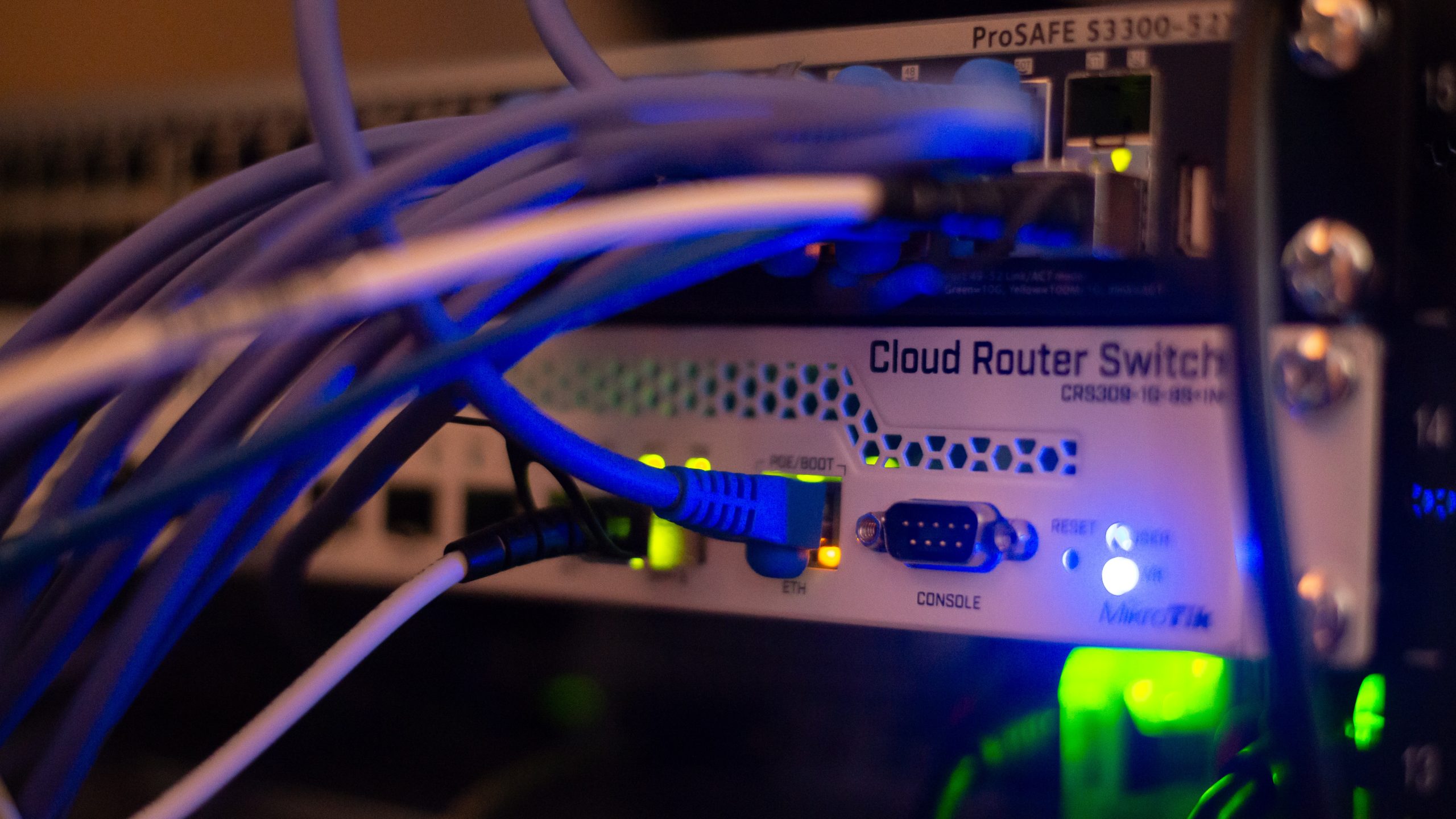Are you tired of constantly battling with server overload and slow response times? Do you dream of a seamless, efficient way to manage your web traffic and improve the performance of your applications? Look no further! In this article, we will explore the exciting world of Nginx reverse proxy servers and provide you with a step-by-step guide on how to set up your very own. Whether you’re an experienced developer or just dipping your toes into the world of web servers, this article is designed to help you harness the power of Nginx for enhanced website performance and load balancing.
Understanding Nginx: Overview of Nginx web server
Nginx, often pronounced as engine x, is a high-performance, open-source web server and reverse proxy that has gained widespread popularity for its speed, flexibility, and scalability. Originally designed to address the limitations of the Apache web server in handling large numbers of concurrent connections, Nginx has become a go-to choice for websites and applications that require efficient handling of high traffic volumes.
One of Nginx’s key strengths lies in its event-driven architecture, which allows it to handle thousands of requests simultaneously with minimal resource consumption. This makes it particularly well-suited for use as a reverse proxy server, where it can efficiently distribute incoming client requests among multiple backend servers. Its robust support for various protocols such as HTTP/2 and WebSocket further enhances its capabilities in modern web application environments.
In addition to serving static content efficiently, Nginx also provides powerful load balancing features to improve system performance and reliability. Whether used as a standalone web server or in conjunction with other tools like Docker or Kubernetes, understanding the nuances of Nginx can empower developers and system administrators to create highly responsive and scalable network architectures.

Setting up the Environment: Installing necessary software and tools
Setting up the environment for an Nginx reverse proxy server involves installing the necessary software and tools to ensure smooth operation. One of the critical components is to install Nginx itself, which can be achieved using package managers such as apt or yum. Additionally, it’s essential to set up a firewall to secure the server, with tools like UFW or iptables providing robust protection against unauthorized access.
Moreover, installing SSL/TLS certificates is crucial for securing communications between clients and the reverse proxy server. Utilizing Let’s Encrypt allows for easy and free certificate installation, ensuring that data transmitted between the server and clients remains encrypted and secure. Finally, configuring monitoring tools like Prometheus or Grafana provides valuable insight into server performance and helps in identifying potential issues before they escalate.
By focusing on these key software installations and tools when setting up an Nginx reverse proxy server environment, you pave the way for a secure and high-performing infrastructure that meets modern demands while minimizing potential risks. This sets the stage for efficient content delivery by optimizing traffic flows through carefully configured reverse proxy setups.
Configuring Nginx as Reverse Proxy: Step-by-step guide for configuration
Configuring Nginx as a reverse proxy can be a game-changer for your server infrastructure. The step-by-step process begins with installing Nginx and updating the package repositories. Next, you’ll configure server blocks, defining the backend servers that Nginx will proxy requests to. Pay close attention to the proxy_pass directive in the configuration file, as this is where you specify the destination of proxied requests. Additionally, setting up SSL termination on Nginx can enhance security and ensure encrypted communication between clients and the backend servers.
It’s vital to test your Nginx reverse proxy configuration thoroughly before deploying it in a production environment. Using tools like curl or Postman can help verify that traffic is being routed correctly and that SSL termination is functioning as intended. Furthermore, monitoring tools such as Prometheus or Grafana can provide valuable insights into server performance once the reverse proxy is up and running. By following this detailed guide, you’re not only learning how to configure Nginx as a reverse proxy but also gaining insights into best practices for maintaining a secure and efficient server setup.

Testing the Setup: Verifying the functionality of the reverse proxy
After setting up an Nginx reverse proxy server, it’s essential to thoroughly test the setup to ensure its functionality. One way to verify the reverse proxy’s functionality is by intercepting and inspecting the traffic flow between the client and the backend server using tools like Wireshark or tcpdump. This allows for a detailed analysis of packets and can reveal any anomalies in the communication process.
Another crucial aspect of testing involves checking the load balancing capabilities of the reverse proxy. Simulating heavy traffic and monitoring how the server responds can help ascertain if requests are being distributed effectively among backend servers. Additionally, performing stress tests using tools like JMeter can provide valuable insights into how well the reverse proxy handles high loads and whether it maintains expected performance levels.
In conclusion, testing the setup of an Nginx reverse proxy server is vital for ensuring seamless communication between clients and backend servers. By conducting thorough examinations of traffic flow, load balancing efficiency, and stress handling capabilities, administrators can gain confidence in their reverse proxy configuration’s reliability and effectiveness in real-world scenarios.
Securing the Nginx Server: Implementing security measures
Securing your Nginx server is a critical step in protecting your website from potential cyber threats. One effective measure is to regularly update both Nginx and the underlying operating system to patch any security vulnerabilities. Additionally, implementing SSL/TLS certificates can encrypt data transmitted between the server and clients, ensuring that sensitive information remains secure. Another vital aspect of securing Nginx is configuring access controls and firewalls to restrict unauthorized access, thereby enhancing overall server security.
Furthermore, enabling rate limiting and web application firewall (WAF) features within Nginx can help mitigate DDoS attacks and block malicious traffic. It’s also crucial to regularly monitor logs for unusual activity and set up intrusion detection systems to promptly identify any potential security breaches. By taking these proactive measures, you can significantly enhance the security of your Nginx server and minimize the risk of cyber threats impacting your website or application.
Securing an Nginx server requires a multi-layered approach that includes not only technical safeguards but also ongoing monitoring and maintenance. Implementing regular security audits, employing strong authentication methods like two-factor authentication (2FA), and deploying web application firewalls (WAFs) are all crucial steps in fortifying the defenses of an Nginx server. Moreover, utilizing secure file permissions, disabling unnecessary modules or features within Nginx, and conducting regular backups can further bolster its resilience against potential security breaches. Overall, prioritizing robust security measures will help safeguard your Nginx server from various cyber threats while

Conclusion: Summarizing the benefits and importance
In conclusion, setting up an Nginx reverse proxy server brings with it a multitude of benefits and carries great importance in modern web development. From improved security and load balancing to enhanced performance and scalability, the use of Nginx as a reverse proxy can significantly elevate the robustness of your web infrastructure. By efficiently distributing incoming traffic and offloading tasks from backend servers, Nginx empowers websites to handle higher volumes of requests while ensuring seamless user experiences.
Furthermore, the importance of implementing an Nginx reverse proxy server cannot be overstated in today’s dynamic online environment. As digital businesses strive for faster response times, reliable uptime, and stronger security measures, leveraging Nginx as a reverse proxy solution has become a fundamental practice. Its ability to act as a gateway between clients and servers not only streamlines content delivery but also serves as a crucial layer for protecting sensitive data against various cyber threats. In essence, embracing the benefits and recognizing the significance of an Nginx reverse proxy is key to staying ahead in an ever-evolving web landscape.
